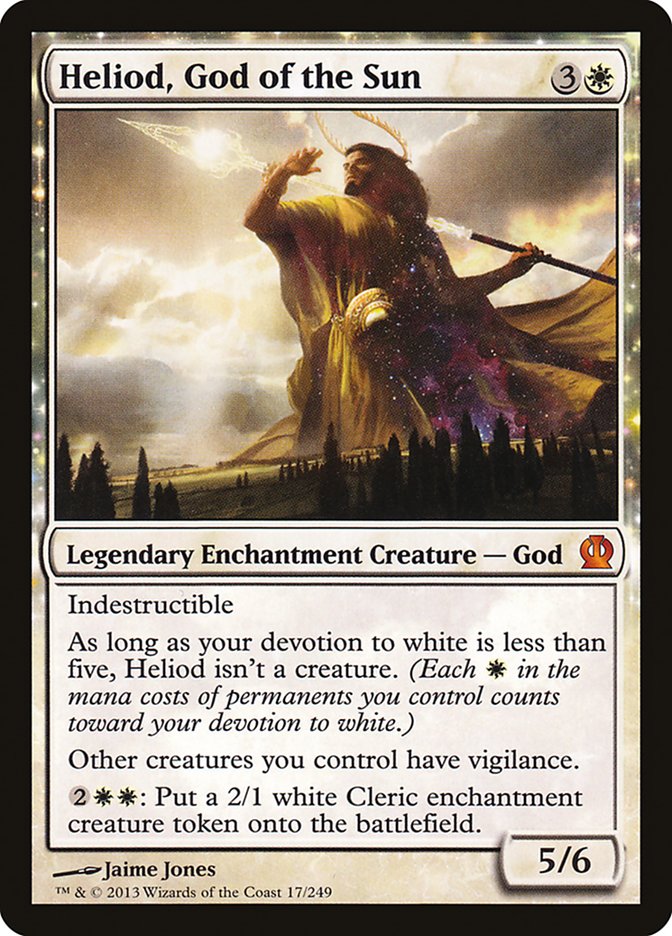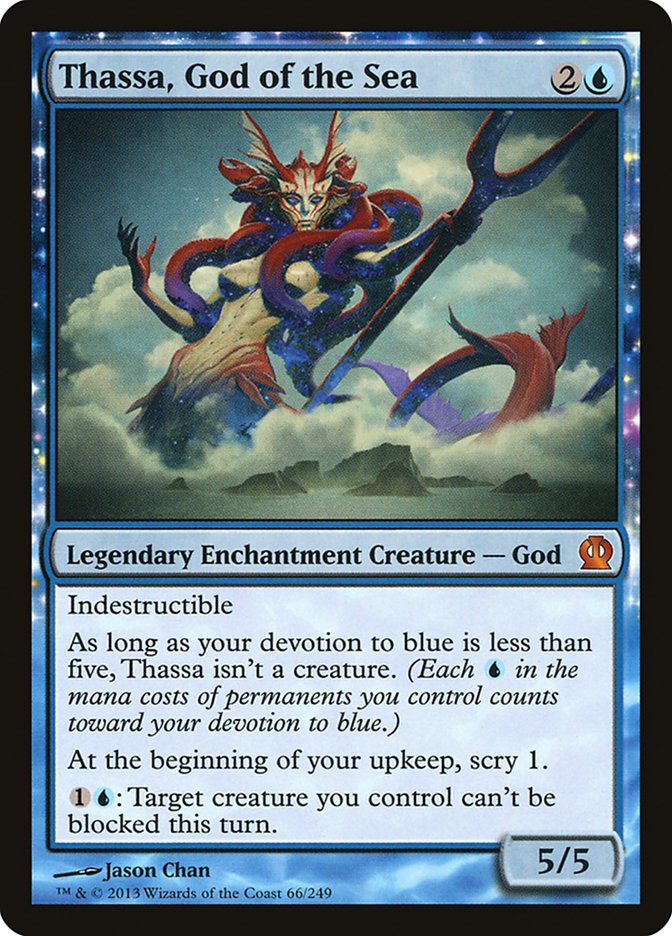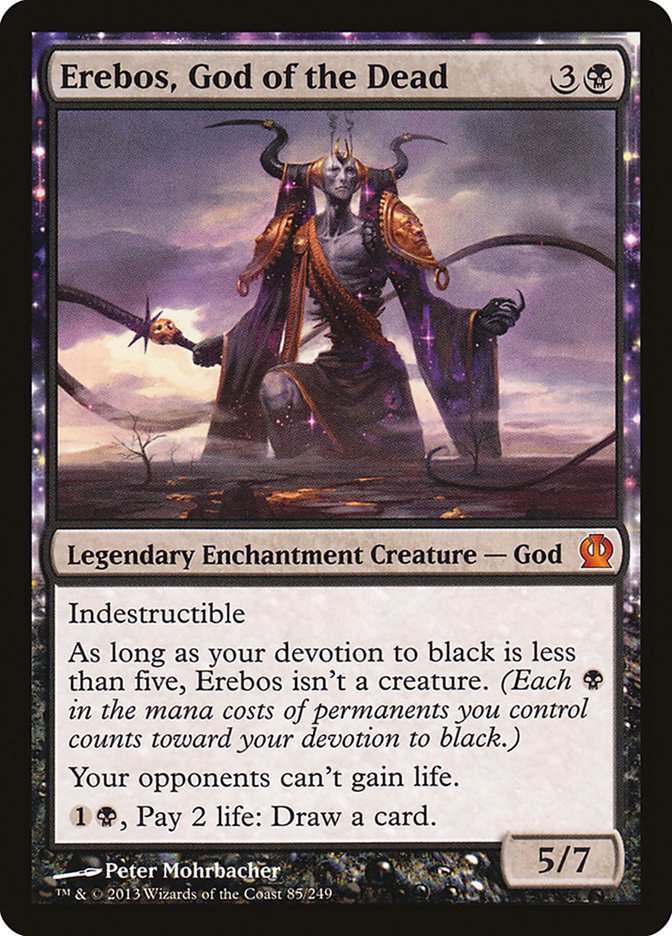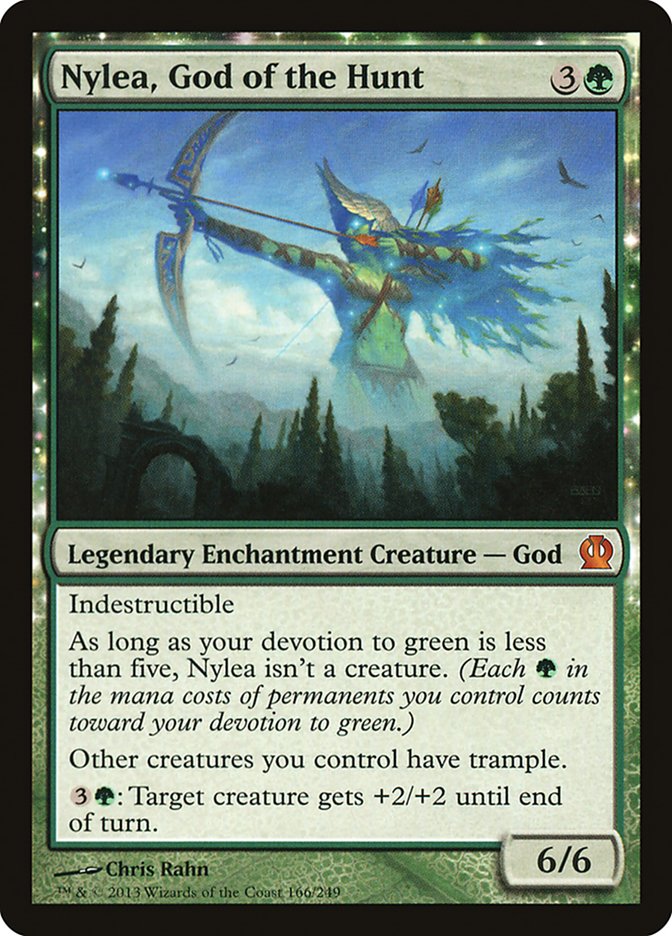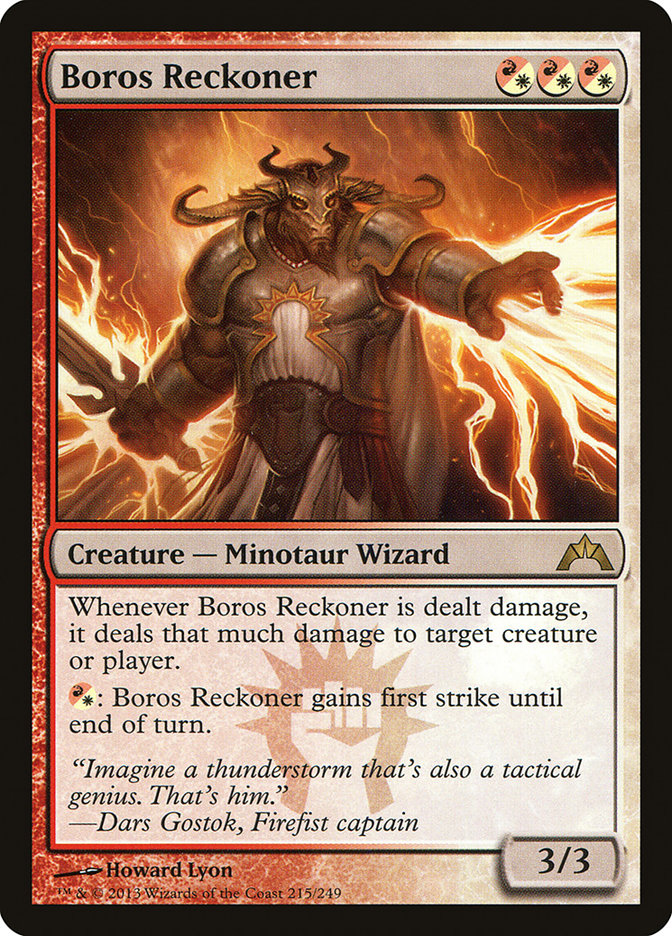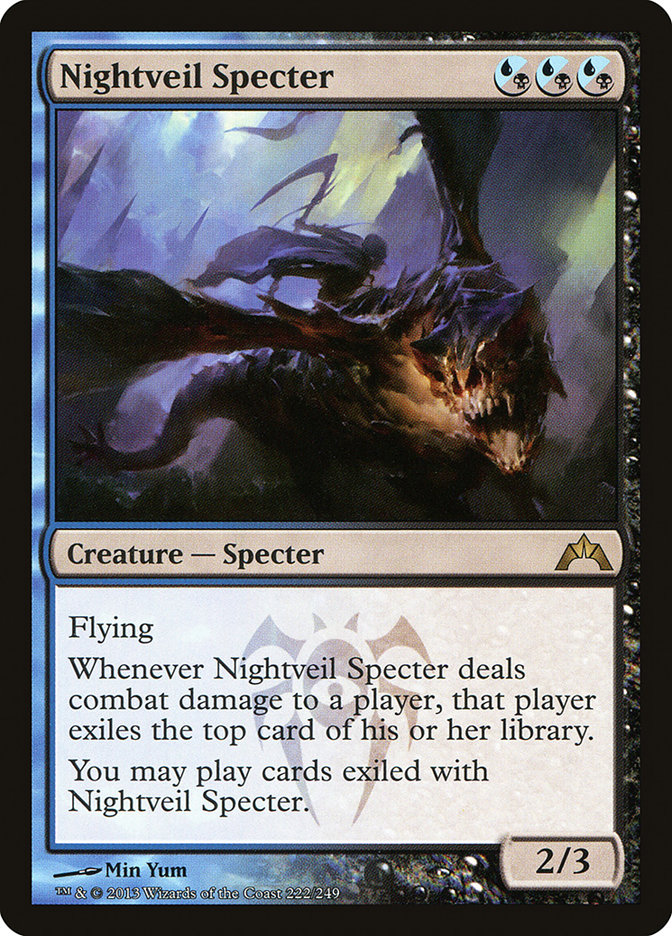Being a good writer is all about communication. It doesn’t matter how clear an idea is in my head—if I can’t properly convey it to you, I haven’t done my job.
Sometimes I have minor freak-outs about this, especially when my comments section is filled with notes from people who clearly didn’t understand the point of my article. Should I have been clearer and more concise? Should I have written about something else entirely? Do I put too much stock in what trolls have to say?
Whenever I come across a review of my work, it feels like peeking at someone’s diary entry about me. Butterflies form in my stomach and I read on, eager to see if I am liked and respected by someone I’ve never met. No matter what they say, their opinions are going to color my mood for the next few hours. If the review is positive, I’ll feel invincible and will start yammering around about how I’m going to write a bestselling book. If I am disliked, I’ll sulk and moan and go watch Gordon Ramsay yell at people on TV in order to feel better. I should probably figure out how to untether my self-esteem from the views of random people on the Internet at some point.
A few weeks ago, I came across u/fyawm’s review of M14 predictions on the Magic finance subreddit. I got excited because I felt like I really nailed M14—I was high on Mutavault, Scavenging Ooze, and Archangel of Thune, I pegged Burning Earth to break out, and I panned most of the overpriced planeswalkers.
Then I saw this:
Scavenging Ooze: "Scavenging Ooze will settle in the $10 range—Fauna Shaman territory—before rising toward $20 next spring." (-2) – wrong call, should have bought.
Wait a minute—really? I didn’t even remember making that prediction! Did I really deserve to lose two whole points for failing to predict a card that did exactly what I thought it would do?
I decided to check the tape. Below is my entire Scavenging Ooze call, reprinted from my M14 set review. I bolded the parts that stuck out to the guy who reviewed me:
Scavenging Ooze – This card is also the real deal. I think people are underestimating Scavenging Ooze because it has fallen slightly out of favor in Legacy. Don’t hold that against it—you can say the same thing about many other cards that absolutely dominated Standard. The fact that Scavenging Ooze came to us by way of the Commander precon and hasn’t yet had a chance in Standard or Modern is intriguing, and it is possible that the card is being way underrated right now.
I see this dropping to $6-$8 if it doesn’t see immediate play—the promo is helping saturate the market—but if it becomes a tier 1 staple, it should stabilize more in the $20-$25 range. My guess? Scavenging Ooze will settle in the $10 range—Fauna Shaman territory—before rising toward $20 next spring. Much like with Mutavault, it is perfectly fine to grab a set of these now if you think you’ll need them.
When I first reread this, I was pretty upset. Here was this guy on the Internet—who was probably just a jealous, mean jerk with clam breath—taking the one negative thing I wrote about Scavenging Ooze in an otherwise effusive paragraph completely out of context. What did he have against me anyway? I wrote up a snarky reply, patted myself on the back for being a cool guy, and moved on with my day.
Then the original poster replied to my comment. And instead of snarking back at me, we ended up having a really interesting and polite conversation about how people interpret set reviews.
See, when I first started reviewing cards four years ago, I gave clear and precise predictions on what I thought the price would be at three, six, and twelve months from the date of my review. There were several reasons why I stopped being so linear and switched to a looser review format.
1) Card prices have started to fluctuate much more wildly. The world of Magic finance has gotten larger, and the increase in the number of speculators has led to prices during Standard season being much swingier. A prediction can look horrible one day, great the next, and terrible again a week later.
2) I wanted to discourage preordering as much as possible. In the world of card speculation, preordering brand-new cards is one of the worst bets you can make because the success rate is so low. Even if I think a $10 card is going to hit $15 or $20, the right play most of the time is still to wait and see if the card starts to see play before buying in.
3) I wanted people to start looking at cards dynamically instead of statically. Here’s how a strict numbers and predictions card review looks:
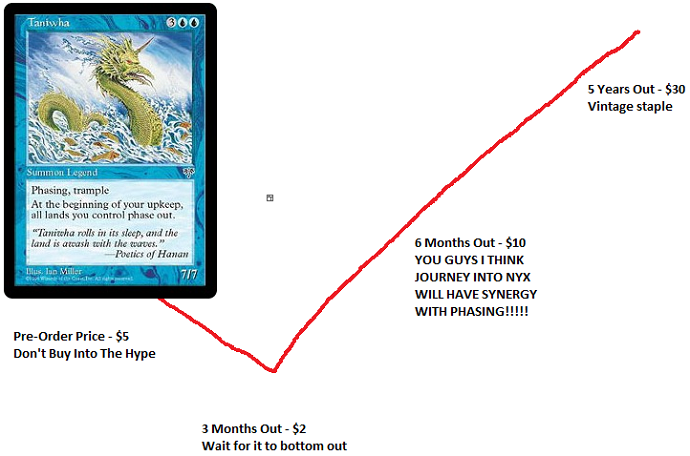
The problem with looking at cards like this is that the rest of the prediction is useless if the first assumption doesn’t pan out. If Taniwha (theoretically reprinted in Theros, obviously) sees a ton of play at the very first SCG Open after the set is released, what do you do? Buy into hype so you don’t miss the jump to $30? Sell into hype because I had initially predicted that the card would bottom out at $2? My linear prediction is rendered useless almost immediately because the criteria I had used to make it had been wrong.
In contrast, here’s a dynamic prediction:
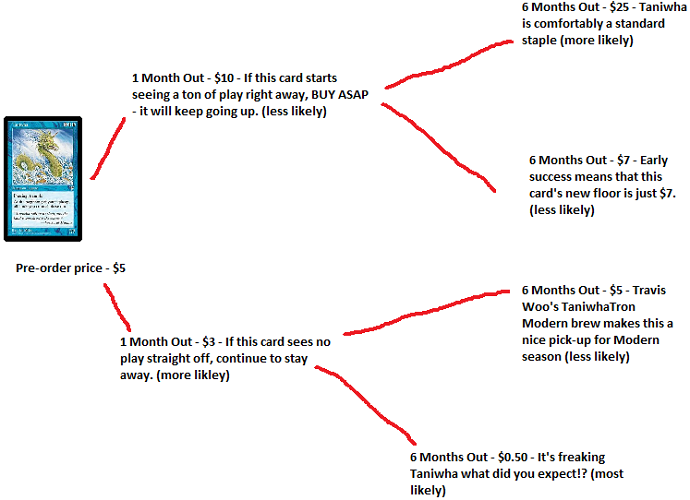
This prediction is much more useful. Instead of blindly buying into Taniwha during the preorder period, you smartly get to wait and see what happens over the first few weeks’ worth of tournaments and go from there. If you’re trolling Twitter during the first SCG Open and you see Taniwha decks ripping through the field, you’ll know that I recommend a buy in at $10. That information would have been lost in my static prediction because I’m always going to err on the side of being conservative.
The problem is that there’s a fine line between a strong, dynamic prediction and a pile of wishy-washy waffling. For good or ill, most people who read set reviews are after one piece of information only—should they buy the card or not? If I get too scatterbrained, my non-linear card reviews start to look like this:
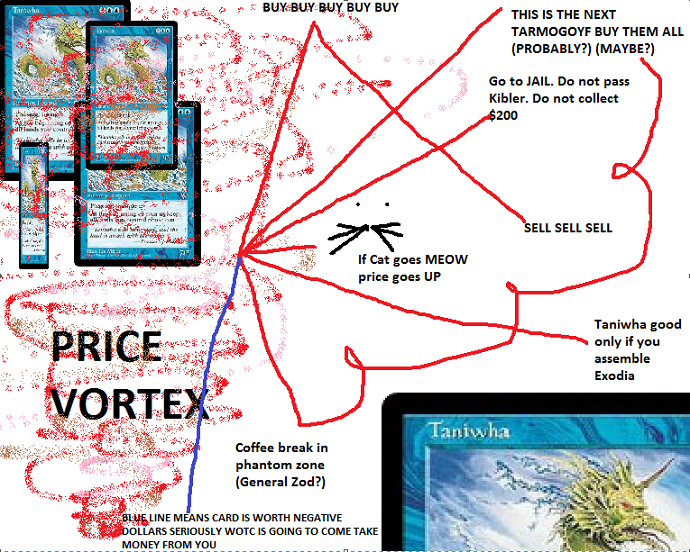
So even though I spent two full paragraphs praising Scavenging Ooze in my set review, the only actionable piece of information that I wrote was that I thought the card would most likely drop to $10 before rising in price next spring. I was wrong about this, and the card went up in price almost immediately. People who read that article and decided not to buy Scavenging Oozes because of what I had predicted were likely disappointed. Ultimately, I deserved to lose those two points.
I’m going to strive for clarity during my initial evaluations of Theros cards. My predictions will still be dynamic and include multiple paths for what might happen to each card in the future and how likely I think those things are, but I’m also going to try to include clear, actionable predictions for the immediate future. Theros is a very high-variance set, though, and no cards are harder to evaluate and more polarizing than Magic’s new pantheon of Gods. We’ll be covering the rest of Theros over the next few weeks, but today let’s focus on:
The Gods Themselves
As of this writing, all five of Theros’ Gods have been spoiled.
These guys are clearly designed to be the marquee cards of the set. They’re totally unlike anything else we’ve ever seen, and I don’t think anyone really knows how powerful they are yet. Let’s take them on one at a time and see if we can figure out how good they actually are.
The biggest drawback that the Gods have is that they aren’t great by themselves. If your board and hand are both empty, Heliod and Erebos are the only two Gods that can actively help you win the game quickly. Thassa helps streamline your draws a bit, while Purphoros and Nylea both require creatures to do much of anything. This isn’t the drawback it once was—creatures are so much better now—but it’s still worth noting.
Before continuing on, let’s talk about devotion. A lot of you have asked me what I think about buying up cards with a high number of mana symbols in order to quickly enable devotion. The two spec targets I keep hearing about over and over are Boros Reckoner and Nightveil Specter.
Nightveil Specter is just $1 right now, while Reckoner will still set you back a full $12.
I personally don’t think you’ll see too many decks dedicated to ramping up devotion. The Gods are all pretty good simply as enchantments that can build up incidental damage, and I think it will largely be a bonus when they attack as creatures. People aren’t going to play suboptimal spells in order to enable devotion.
That said, I do like both of those cards as spec plays. Nightveil Specter is good on its own and is a popular casual card already. It has very little downside at just $1, and it could hit $4-$6 (think Desecration Demon) as a midrange beater in a mono-black deck. It will most likely hit $2 based on devotion speculation alone, so buying a few copies at $1 is fine. Boros Reckoner is a riskier play at $12, but the card is very good and it looks like Theros is going to bring more Boros goodies to the table. I’m not going to speculate on any copies myself, but if you want a playset for personal use this season, this is the time to buy. I would also be happy trading for a bunch of these at $12, especially because of how well it plays with Purphoros.
Forge[/author]“]Purphoros, God of the [author name="Forge"]Forge[/author] is currently preselling for $25 and is the most hyped of the Gods so far. He combines exceptionally well with Young Pyromancer, a card that has proven its worth in multiple formats and will likely be a pillar of Standard regardless. The fact that Purphoros doesn’t require you to spend mana to deal two damage for each creature is huge, and I can certainly see people trying to build a Valakut-style deck around him. Purphoros and Assemble the Legion also act as a pretty resilient and powerful combination together. Purphoros isn’t great when you’re behind, but he only costs four mana to summon. If you’re playing red and you’re behind at that point in the game, you’re doing it wrong.
Four mana is a very competitive slot in red though. Chandra, Pyromaster is proving to be the real deal, and Burning Earth is one of the most powerful sideboard cards in the format. Purphoros is powerful, but he’s got some powerful competition as well.
Thassa comes next in terms of hype, up to $25 from $15. She only costs three mana to cast, which makes her more likely to see play than any of the other Gods. Four is always the most competitive slot, but at the three-mana slot you’re competing with weaker card draw and random counterspells. Thassa doesn’t have to be groundbreaking to be a tier 1 playable.
Worst case, Thassa lets you scry once each turn. Scrying isn’t quite worth a card, but scrying a bunch over multiple turns certainly adds up. If scry 1 is worth about half a card, Thassa replaces herself via card advantage before long without doing anything else. Thassa’s unblockable ability is the sort of thing that rarely sees play in Constructed, though, which is why it’s so hard to evaluate. I overrated this ability on Venser, the Sojourner, and most of the time his second ability wasn’t all that relevant. Again, though, Thassa only costs three compared to Venser’s 3UW. Thassa also can attack herself as an unblockable creature if your devotion to blue is high enough, though it will be the hardest devotion to hit by far.
Erebos is the most recently spoiled God and is the last of the $25 club—the other two are significantly cheaper. He’s a 5/7, which might be the most useful in terms of stats, and devotion to Black should be the easiest to hit. Erebos is quite likely the narrowest God though. The anti-life gain clause will be backbreaking against some decks, but with Thragtusk out of the format, it isn’t quite as good as it would have been a few months ago. Paying two life and two mana for a card is fine, but it’s best in emergencies or if you build around it.
A quick search of relevant black life gain in Gatherer turns up Crypt Ghast as the card that seems most likely to help enable Erebos’ second ability. The card costs just $2 on StarCityGames.com right now, and it’s kind of a can’t-lose spec. I’d buy a set or two if you like Erebos. Personally, I think people are overrating his card draw ability right now. He’s good, but he’s not in the same tier as Purphoros and Thassa.
Nylea is just $15, and that’s mostly because she’s fairly straightforward. Giving everything trample is one of those high-variance abilities that is either going to win you the game on the spot or be almost useless. Green is one of the easiest colors to get devotion for, though, and all of Nylea’s abilities play together wonderfully. Her +2/+2 is a pain in the butt, too, and this card is going to be the most unbeatable thing ever in Limited play.
At $10, Heliod is the runt of the litter price-wise, and it’s easy to see why. Vigilance is the least splashy static ability on any of the Gods, and making a 2/1 token for 2WW is no steal. The tokens don’t help devotion, either, so they’re not going to be manifesting their God anytime soon. Heliod is no slouch though. He’s the only God that can straight-up kill an opponent by himself, and as an indestructible enchantment he’s hard to deal with. Moorland Haunt and Nephalia Drownyard are about to rotate, and control decks are going to be looking for a new resilient finisher. Why not Heliod?
When estimating pricing trends, you shouldn’t underestimate just how cool the Gods are and how much casual appeal they have. Everyone who opens a pack of Theros is going to want these—they’re splashy, they’re mythic, and the starfield effect makes them feel special and unique. The fact that they aren’t just giant Tooth and Nail targets means that the Gods are going to appeal to players of every psychographic as well. These cards are going to be big hits regardless of whether or not they see play in Constructed.
Short term, the Gods have a price floor of $8-$10 based on the coolness factor and mythic rarity alone. They don’t need to see too much play to stabilize at $15-$20, and if they’re good, they could see quite a bit of time in the $30-$35 range. Their ceiling is Liliana of the Veil—$30-$40 on average with occasional spikes to $60.
It is important to remember that the better a set is, the lower the value of each individual card. When Return to Ravnica was spoiled, the average value of the rare slot in a pack was over $5. Cards like Deathrite Shaman and Abrupt Decay are still worth quite a bit less than they would be in a set with just a few high-impact cards. Don’t forget that while a set is in print and easy to get, it is impossible for the average value of a rare slot to be higher than the cost of a pack. Theros looks great so far, which means that some of these Gods will come down in price for sure.
It is likely that some of the Gods are going to be quite a bit better in Constructed than the others. That said, I don’t think the question of which one is best has been fully answered yet. Is Purphoros three times more likely than Heliod to be great? Twice as likely as Nylea? I don’t think so. If all four Gods started at the same price point, my bet would be on Thassa first simply due to the fact that she costs one mana less to play, followed by Purphoros since he seems to be the most powerful.
Truthfully, these Gods are some of the most difficult cards to evaluate since the miracles or the Lorwyn planeswalkers. That doesn’t mean they’re for sure going to be as good as those cards were, but until we see just how hard it is to trigger devotion and how the format shakes out, people are going to be misevaluating these cards. Pay close attention to how the Gods play—if any of them starts to pull ahead, there will be money to be made.
As for right now, the only God I would consider buying is Heliod. $10 is pretty close to his floor, so worst case you can probably get your money back without the risk of a major loss. There’s a decent chance—I estimate it to be around 50%—that he will hit $20 or $25 this October, which is what would happen if he sees even a little bit of play early on. People will be treating these cards kind of like they treat planeswalkers, meaning there could be some pretty crazy spikes.
I will not be preordering any copies of any of them personally, but if you are the kind of person who likes to preorder cards, this is one I would pick up a set of. Nylea would be my number two target due to price, and Thassa is my number three because I think she’s got the highest floor. Purphoros would be number four because he has the highest ceiling. Erebos, shockingly, is the God I like the least . . . even as I think about how I would build a mono-black deck. The bottom line is that they’re all good, quite frankly. If you dismiss them as pure casual fodder, you are doing yourself a disservice.
Spec Portfolio – Week #3
It’s time to check out the portfolio once again! Here’s what happened this week:
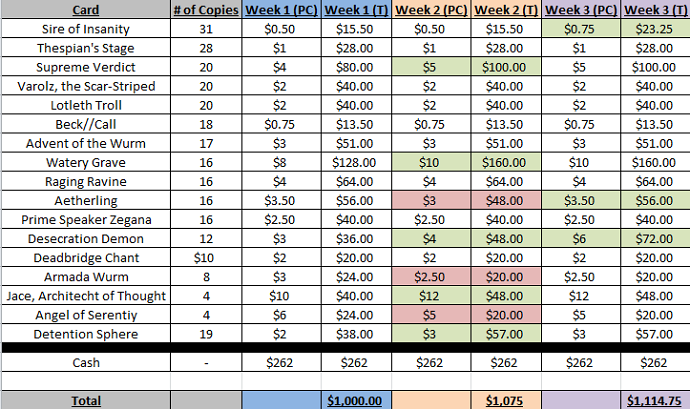
Awesome! Aetherling recovered and came back up to $3.50, Sire of Insanity is creeping up, and Desecration Demon is now worth twice what we paid for it two weeks ago. Even better, none of our cards took any losses this week.
I was at PAX this weekend, so I missed a few decent buying opportunities. I would have loved to preorder Thassa at $10 and Nykthos at $5, and there was a little run-up for Chandra, Pyromaster as well. Unfortunately, much like with real world speculation, you need to be in the right place at the right time (hint: the right place is usually at your computer).
At any rate, I was about to try to "sell" all twelve copies of Desecration Demon for the sick double-ups when the following thing happened:

I know that some of you will levy shill charges against me for saying this, but StarCityGames.com Back to School sale is amazing. The 20% discount on Return to Ravnica and Innistrad block cards has lowered the price on most stuff to the point that it is lower than anywhere else online—and yes, that includes eBay and other retailers.
If you play casual, Commander, or Modern, now is a great time to pick up your rotating cards. I don’t know if the sale will still be going on when this article goes up, but if it is I recommend buying all of that stuff you’ve been waffling over for the past few months. I personally reloaded my Commander deckbuilding binders with a few hundred dollars’ worth of stuff from the sale—Tamiyos, Avacyns, all the M13 planeswalkers, Restoration Angels, and more. You can pick up Geists of Saint Traft for under $15 and Cavern of Souls for under $10. These cards can’t get much cheaper. This is the time to buy.
I didn’t factor the sale prices in to my portfolio for the week because they’re clearly temporary, but we’ll find out next Monday if the sale prices caused any of the full retail values to have a more permanent drop. I’d expect not, and I believe many of these cards will start to rise again once people start playing more Standard. I’m going to hold off selling my Desecration Demons until the sale ends at any rate, and I’ll keep my fingers crossed that they stay high for another week or two.
I want to hold off on most of my other Theros thoughts and predictions until I can spend a lot of time on them, but I don’t want to end things without talking a little about the new dual land cycle. This is the best thing I’ve seen written about them so far:

If this is true—and I think that it is—you’ve got a couple opportunities for profit. The first is that this reveal might cause the shock lands to spike. This is going to happen at some point regardless, and people realizing that the scry lands are the best fixing we’re going to get in Theros block might be the match that lights the proverbial tinder here. If you don’t have all of your shock lands, now is the time to get them.
The second is that the scry lands might become underrated if they don’t see much play straight off. They’re selling for $5-$8 right now, but just like the Scars of Mirrodin fast lands, they might soon find themselves sitting at $1-$3. If that happens, you should absolutely buy in.
Until next week –
– Chas Andres

